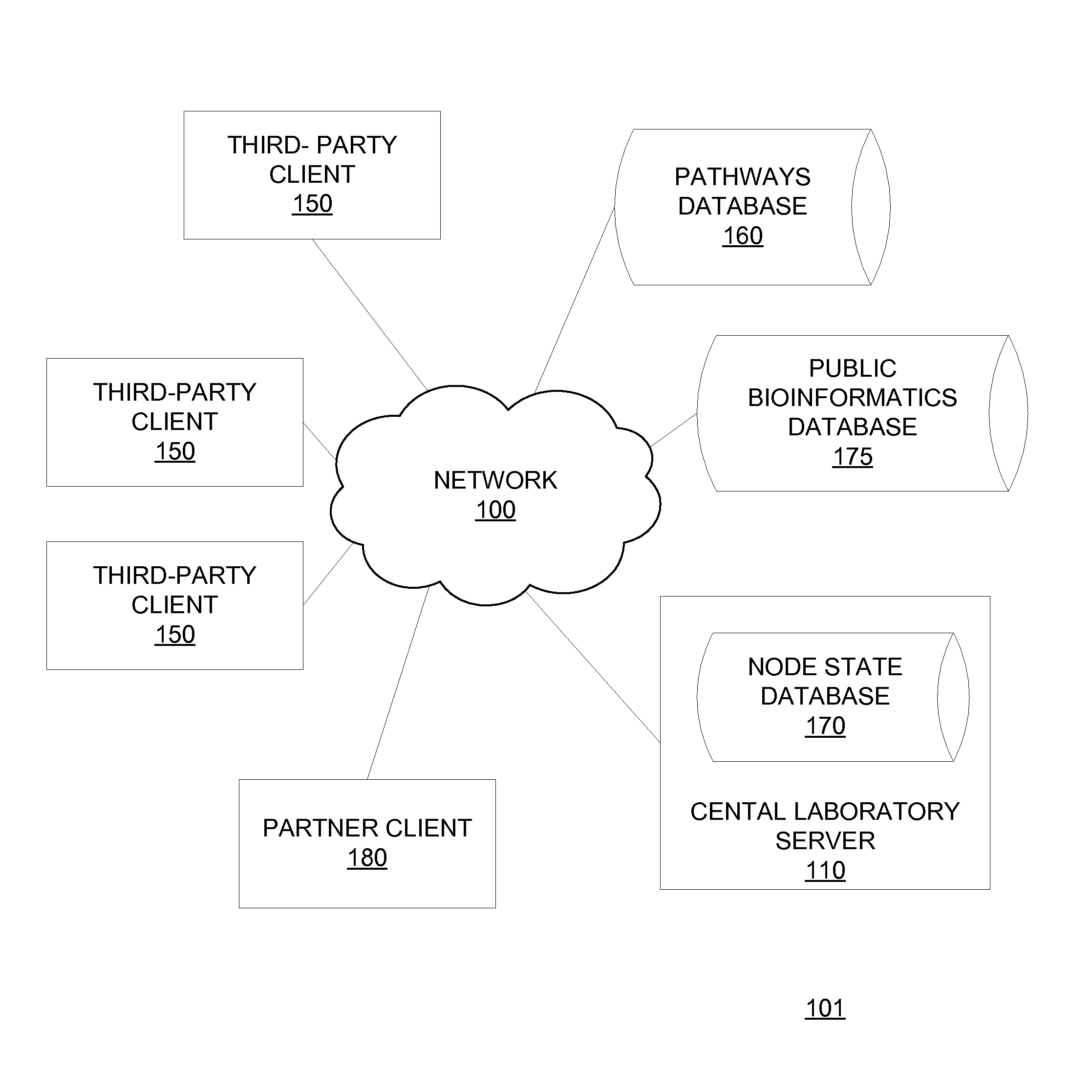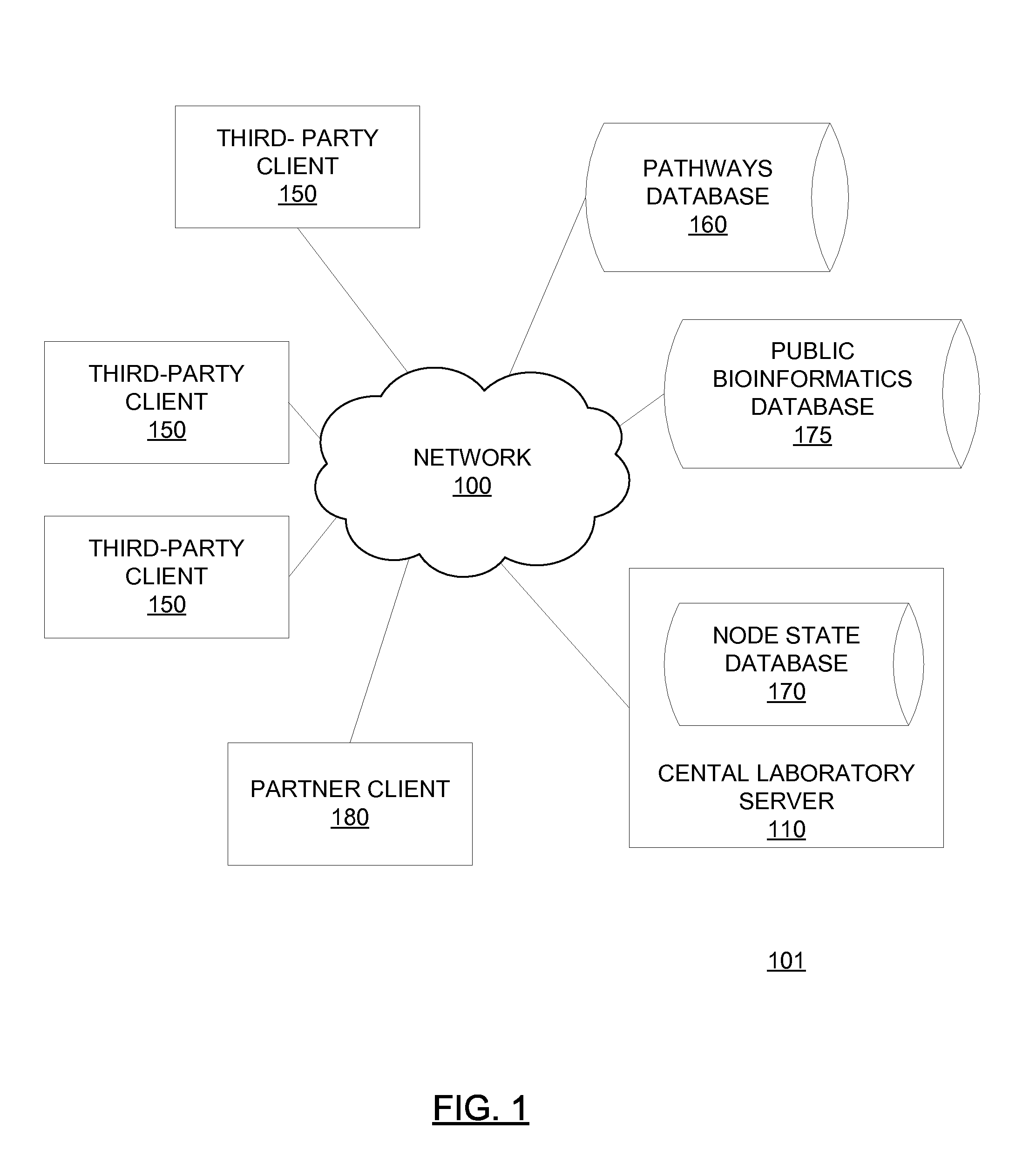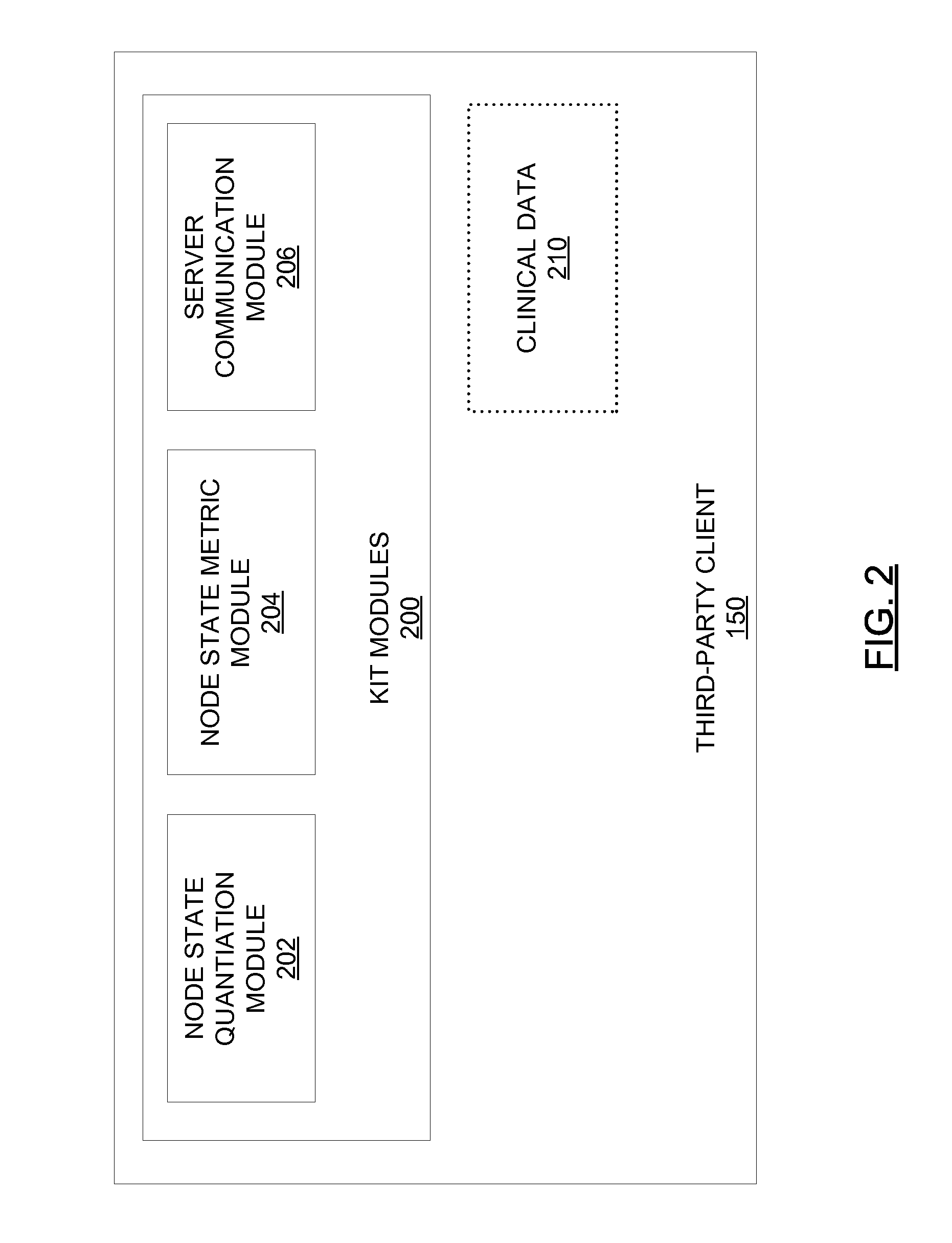Methods for diagnosis, prognosis and treatment
a prognosis and treatment technology, applied in the field of diagnosis, prognosis and treatment, can solve the problems of low cost of cytometers and mass spectrometers, and insufficient node state data for single cell activation, etc., to reduce inefficient use of resources, improve patient outcomes, and monitor the effect of treatment over tim
- Summary
- Abstract
- Description
- Claims
- Application Information
AI Technical Summary
Benefits of technology
Problems solved by technology
Method used
Image
Examples
specific embodiments
[0343]Payers use the terminology “payback” or “return on investment (ROI)” as criteria for assessing the economic impact of adopting a new technology. ROI means not only the point at which breakeven occurs, if at all, but also the short-, intermediate- and long-term financial consequences on operational budgets and overall disease treatment costs and revenues. Medical specialists desire both improvement in clinical outcomes but also minimal difficulties in securing reimbursement from private and public third-parties. Patients want to live longer, but also face substantial copayments and coinsurance rates (20% on Medicare “Part B” for outpatient drugs that are, by definition, unsafe for patient self-administration) and wish to know the value for money in addition to clinical risks and benefits. In some embodiments, the methods of the invention can be used at the individual patient level to provide more detailed and valid information than can be derived from gross categorizations of p...
example 1
Diagnosis, Prognosis and Therapeutic Response Typing in AML
[0358]A third party physician or medical center purchases, from the central laboratory, kits containing reagents standardized by the central laboratory to minimize sample damage and produce reproducible results. The third party physician or medical center collects a blood sample from a patient suspected of having AML and treats the blood sample with a reagent. The third party transmits the physical sample to the central laboratory. The third party further transmits requisition data specifying that the third party is to be tested for AML, sub-typed for AML if positive for AML and typed according to therapeutic response. The third party further transmits anonymized clinical data associated with the patient to the central laboratory server 110 via the client 150 operated by the third party using kit software 200.
[0359]The central laboratory processes the physical sample by stimulating the sample with one or more modulators, fix...
example 2
Candidate Drug Testing for Pharmaceutical Companies
[0364]A third party pharmaceutical company purchases, from the central laboratory, kits containing reagents standardized by the central laboratory to minimize sample damage and produce reproducible results. The pharmaceutical company collects blood samples from individuals. The individuals may or may not be patients in a particular disease state that a test compound (e.g. candidate kinase inhibitor) is used to treat. The pharmaceutical company transmits the physical samples to the central laboratory with the test compound. The pharmaceutical company further transmits requisition data specifying that the physical samples are to be treated with the test compound and other modulators over a series of specified concentrations and a pre-defined set of antibodies are to be used to quantify activation levels of specified activatable elements (e.g. activatable elements in the JAK / STAT, PI3 kinase, mTor, Ras / Rap and / or Ehf receptor pathways)...
PUM
| Property | Measurement | Unit |
|---|---|---|
| pore sizes | aaaaa | aaaaa |
| temperature | aaaaa | aaaaa |
| concentration | aaaaa | aaaaa |
Abstract
Description
Claims
Application Information
 Login to View More
Login to View More - R&D
- Intellectual Property
- Life Sciences
- Materials
- Tech Scout
- Unparalleled Data Quality
- Higher Quality Content
- 60% Fewer Hallucinations
Browse by: Latest US Patents, China's latest patents, Technical Efficacy Thesaurus, Application Domain, Technology Topic, Popular Technical Reports.
© 2025 PatSnap. All rights reserved.Legal|Privacy policy|Modern Slavery Act Transparency Statement|Sitemap|About US| Contact US: help@patsnap.com



